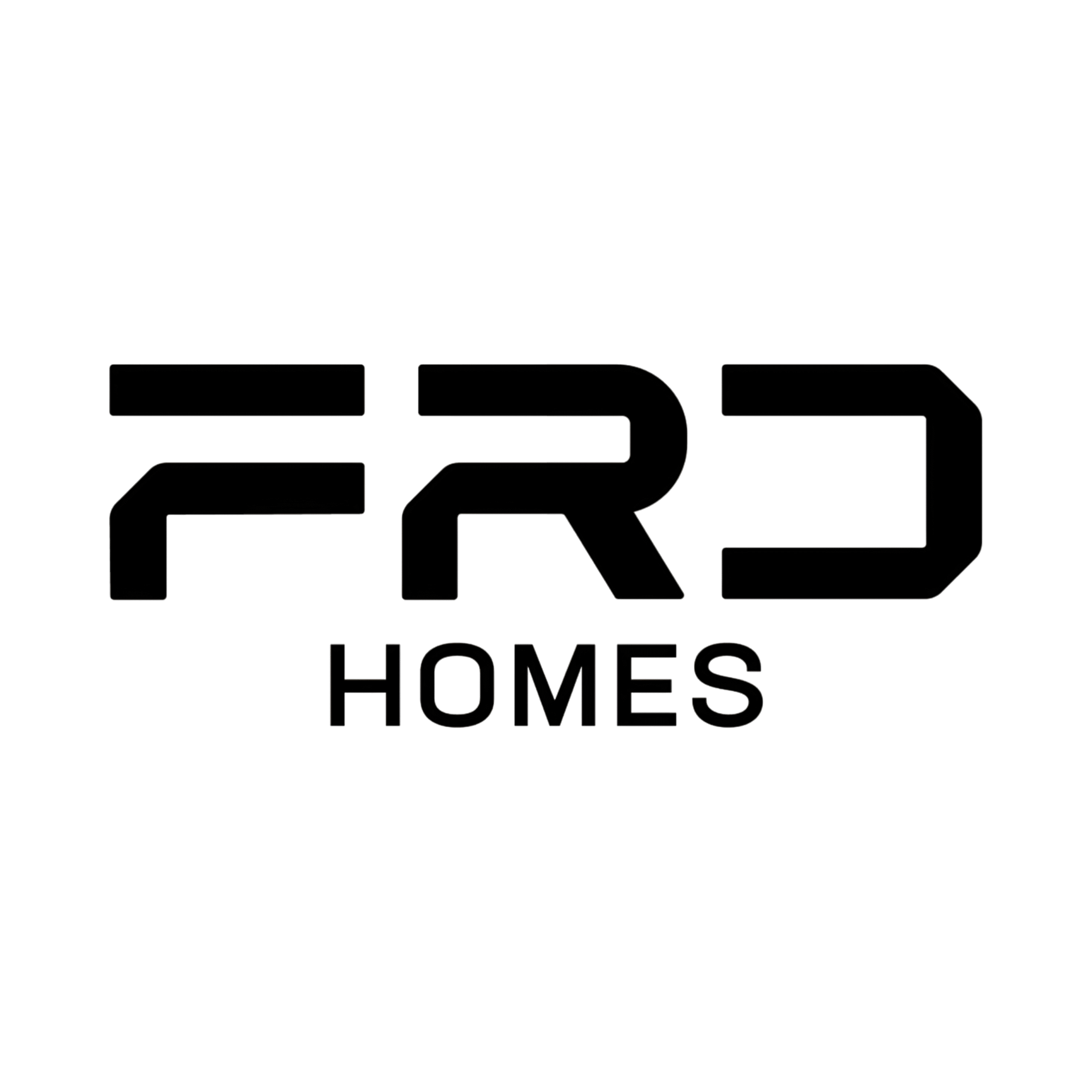Subdividing: Curious about the DA process?
If you’ve built up equity in your family home, subdividing your property could be a smart way to unlock its potential. In Queensland, this process starts by lodging a Development Application (DA) with your local council – it’s called a “Reconfiguring a Lot” (ROC) application.
Don’t worry, you won’t have to figure it all out on your own. You’ll work with professionals like town planners, civil engineers, and surveyors to plan and prepare the necessary documents.
While it takes some upfront planning, subdividing can open the door to new possibilities – such as building an investment property or helping family get their start.
FRD Homes builds over 500 homes a year so we have experience in a range of subdivision options. We have some handy points to help you begin your development journey.

Who needs a D.A.?
Many forms of residential development require approval from your council, technically known as development consent. Some of the common projects that require this kind of consent include:
• Alterations and additions to houses.
• New houses.
• Secondary dwellings – i.e. granny flats.
• Dual occupancies.
You apply for development consent by lodging a development application or D.A.

How is a D.A. accessed?
All development applications go through standardised assessment processes to make sure they are assessed equitably.
The Development Assessment Rules (or DA Rules) sets out the development assessment processes for development applications, including development applications for State facilitated development. These rules apply to all parties involved, including the applicant, assessment manager, chief executive and any referral agency.
There are five key parts to the formal development assessment process:
- application
- referral
- information request
- public notification
- decision.

Key Stages of the Development Application Process
If you’re thinking about developing or subdividing your property, here’s a simple overview of what to expect when lodging a Development Application (DA) in Queensland:
1. Work out what type of development you’re doing
Start by confirming what kind of project you’re planning and whether it actually needs a DA. Some smaller or low-risk developments are classed as “accepted development” and don’t require formal approval.
2. Prepare and lodge your application
You’ll need to complete the required forms, include your plans and supporting documents, and have the written consent of the property owner (if that’s not you). Once everything’s ready, submit it to your local council — either online or in person — and pay the application fee.
3. Assessment and referrals
Your council will assess your application. In some cases, they may need to refer it to other government agencies if your project affects areas like roads, waterways, or the environment.
4. Information request
If the council needs more detail, they’ll send an Information Request asking you to clarify or provide additional information before they make a decision.
5. Public notification (for larger projects)
If your development is considered more complex — known as “impact assessable” — there’ll be a public notification period where neighbours and community members can review your proposal and provide feedback.
6. Decision
Finally, the council will issue a Decision Notice, confirming whether your application has been approved or refused.
Important Things to Keep in Mind
Each council is different: Local councils have their own forms and processes, but all follow Queensland’s Planning Act 2016 and Development Assessment Rules.
Different application types: DAs can cover a material change of use, reconfiguring a lot (subdivision), or operational works.
Separate from building approval: Remember — a Development Approval is not the same as a Building Approval. Once your DA is approved, you’ll need a private building certifier to handle that next step.

